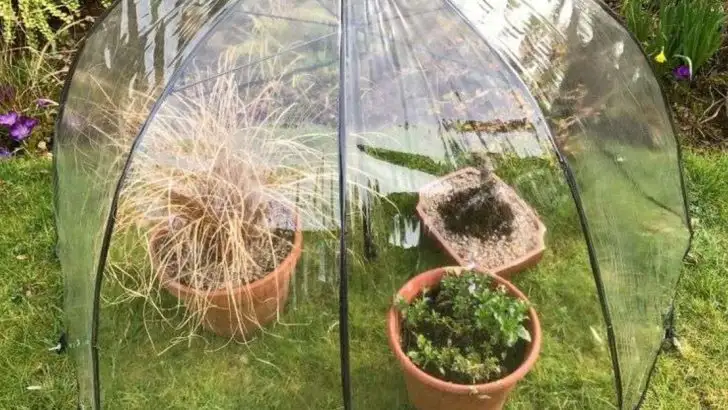Don’t toss that broken or unused umbrella just yet—it might be the perfect solution for your delicate seedlings or fragile transplants. With a few quick tweaks, you can transform it into a DIY mini-greenhouse that protects young plants from cold, wind, and harsh sun.
This clever upcycle uses the umbrella’s natural dome shape to trap warmth and moisture, creating a microclimate ideal for plant growth. It’s lightweight, portable, and perfect for giving your garden a head start in early spring or shielding vulnerable plants during sudden weather changes.
In this article, we’ll show you step-by-step how to repurpose an old umbrella into a functional, budget-friendly greenhouse dome—no special tools or experience required.
Umbrella Frame Setup
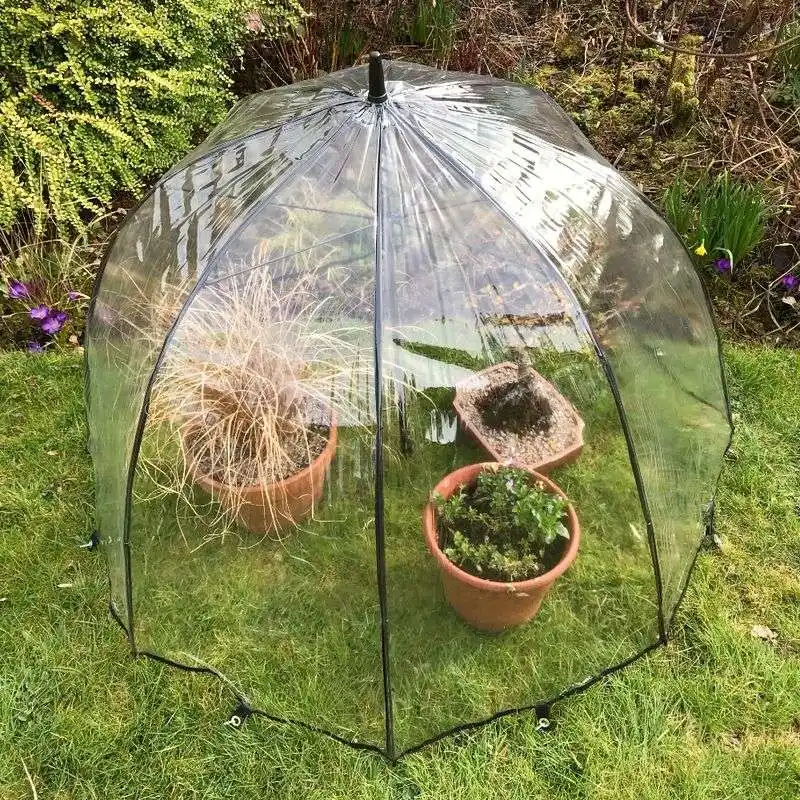
Picture an umbrella frame standing proudly amidst a cluster of plants. Before you begin, choose a location that offers ample sunlight, ensuring your plants receive the rays they crave. Next, securely fix the umbrella frame in the soil or a sturdy base, providing a strong foundation against unexpected gusts of wind.
Consider using cable ties or garden twine for added stability. By doing so, creates a robust structure that serves as the backbone of your mini-greenhouse. This initial step sets the stage for a nurturing environment your plants will flourish in.
Plastic Sheet Covering
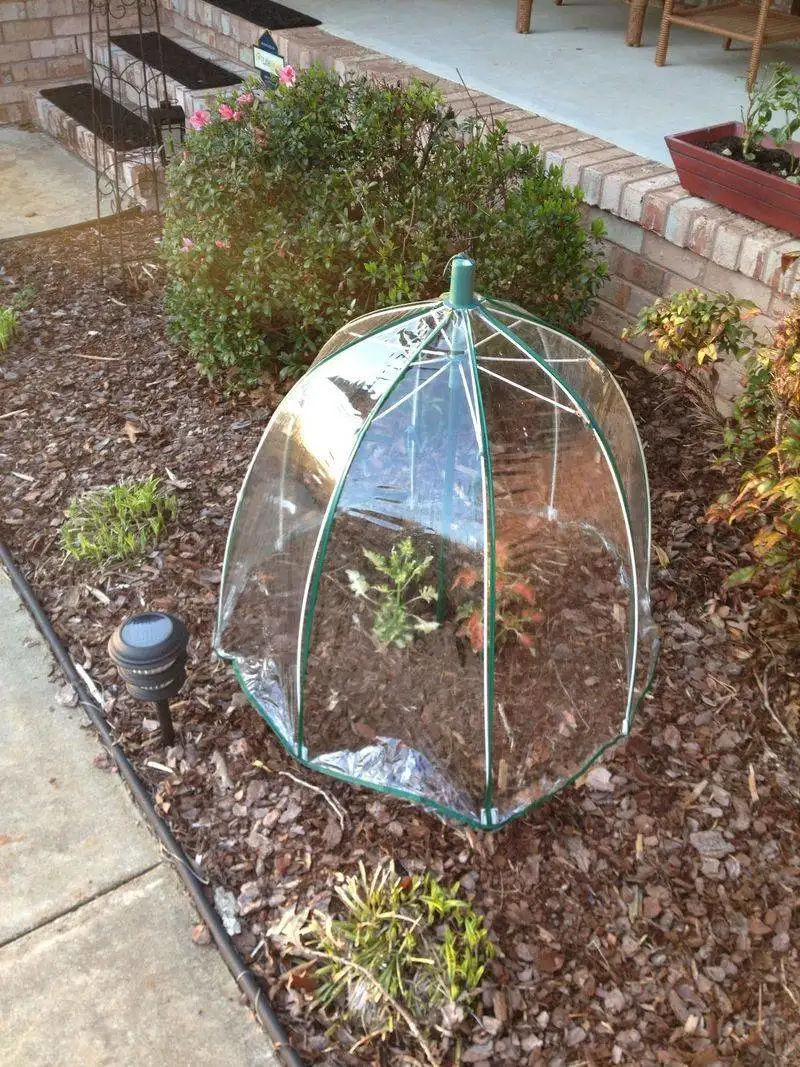
Imagine the gentle rustle of a clear plastic sheet as it envelops your umbrella frame. This layer acts as a shield, protecting your plants from the elements while allowing sunlight to penetrate. Choose UV-resistant plastic to ensure durability and prevent any unwanted greenhouse effects.
Secure the sheet with clips or pegs, ensuring no gaps for rain or pests to sneak through. This careful covering forms a cozy cocoon for your plants, mimicking the warmth of a greenhouse. A simple yet effective method to keep your garden thriving.
Ventilation Solutions
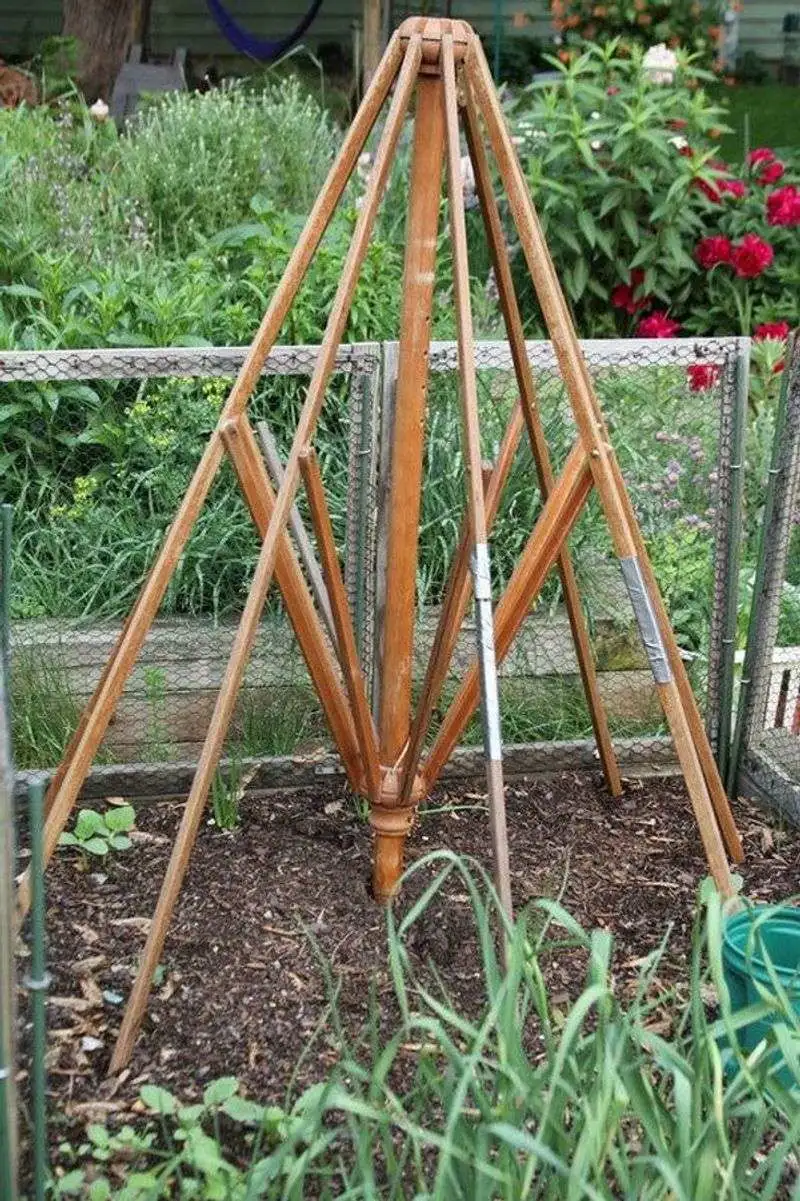
Good ventilation is the secret to a healthy mini-greenhouse, preventing mold and overheating. Imagine a gardener gently adjusting a flap to allow fresh air to circulate, creating a perfect balance of humidity and temperature.
Incorporate small flaps or mesh-covered openings into your design, offering custom airflow options. This not only keeps your plants comfortable but also encourages pollinators to visit. By thinking ahead, you create a thriving environment where your plants can breathe and grow naturally.
Temperature Management

Controlling temperature is crucial for plant health. Picture a thermometer nestled among seedlings, indicating a perfect climate. Utilize shade cloth or reflective materials to moderate temperature extremes, ensuring a stable environment.
During colder nights, consider adding a layer of bubble wrap or an old blanket for insulation. Temperature management, though sometimes overlooked, plays a vital role in your mini-greenhouse’s success. The right adjustments make all the difference in plant vitality.
Watering Techniques
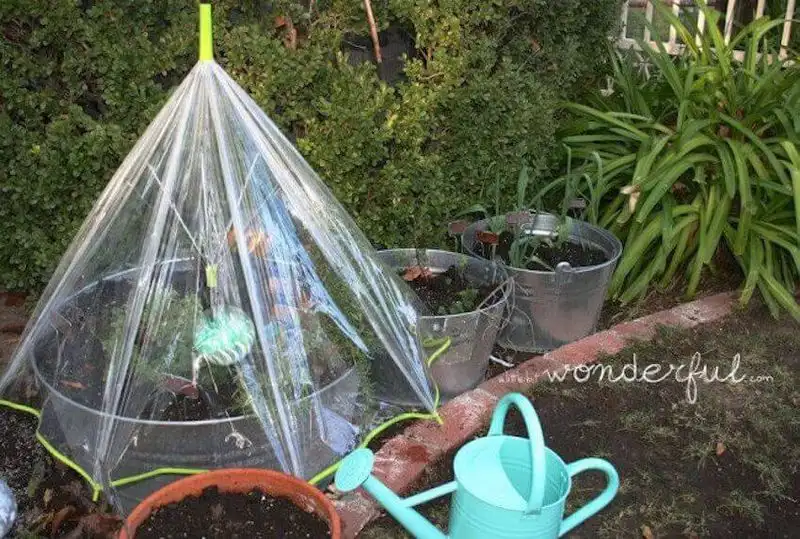
Watering in a mini-greenhouse requires precision. Envision a watering can carefully drenching the soil, avoiding plant leaves to minimize disease risk. Opt for drip irrigation or a gentle mist setting to maintain moisture without over-saturating.
Monitor soil moisture regularly to adapt your watering schedule to changing conditions. This tailored approach ensures that each plant gets the hydration it needs. By mastering watering techniques, you provide the final touch to a thriving mini-greenhouse.

